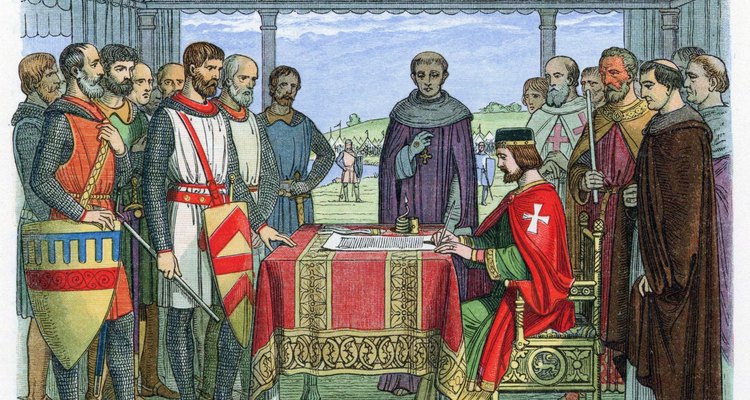
The Medieval era, the longest noted era in European history, was a transitional period between the classical and modern world. Sometimes referred to as the Middle Ages for this reason, this era lasting from the 5th century to the 15th century was predominantly characterized by art, castles, battles, weapons and new laws. Children's clothing during the Medieval period was simple, designed for practicality and function rather than for splendor and status.
Boys' Clothing
Stockings were the most characteristically Medieval element of clothing for men and boys to wear. They originated in France and were therefore referred to by their French name: "haut de chausse." These stockings can be seen in various Medieval paintings, demonstrating how common they were for boys to wear, especially those of the higher classes. Stockings were dyed various colors and were worn with "braies," a kind of underpants connected to the stockings to keep them from falling down. Young boys also wore dresses, but once they were around 10 years of age, they began to dress like the adult men of the Medieval period. These outfits included pants, shirts and sometimes cloaks.
Girls' Clothing
Girls of the Medieval period wore the same dresses as the young boys of the era. Young girls also wore tunics. Generally, these dresses were very conservative. They featured long sleeves and high necks. Ones with a bit more embellishment might have included some embroidery or stitching of animals, such as ducks. Girls' clothing very much emulated that of the adult women in the Medieval era.
Social Class
Social class dictated what children of the Medieval era wore. Being fashionable was a concern or interest limited to the upper class, while the peasantry of Europe during this time period basically all wore the same drab clothing. Italy was very influential when it came to fashion for the upper classes. Especially towards the end of the Medieval period, extravagance in the realm of fashion became more clear with doubtlets, hosiery, headwear and footwear.
Fabrics
Fabrics of the Medieval period were simple and functional. Cotton was not yet grown in Europe at the time, so most clothing was made out of linen or wool, depending on the season. Cotton would have had to have been imported from the Middle East, and it was an expensive commodity. Stockings for boys were mostly made out of wool, while the "braies" used to hold up their stockings were made of linen. Dresses for both girls and boys were typically made of wool. Despite social class, the majority of people in the Medieval era wore clothes made of wool. Some who were extremely rich were able to afford silk, but this was very rare.
Related Articles

Children's Clothing in the 1900s

1950s Clothes for Children

School Clothes in the 1900s

How Did Teenagers Dress in the '60s & ...
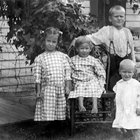
Children's Clothing From the 1920s

School Uniforms in the 1940s

What Teenagers Wore in the 1940s

Farmer's Wife's Clothes in the 1800s
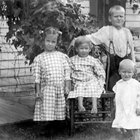
Children's Clothes in 1915
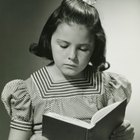
1930s School Clothes
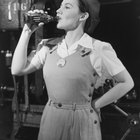
Women's Clothes in 1943
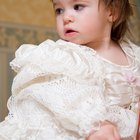
Children's Clothing of the 1800s

Different Kinds of Blouses
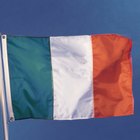
Irish Clothes of 1850

Children's Shoes in the 1950s

Fashion for Children in the 1960s
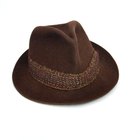
1950s Gangster Clothes

What Do Women Pirates Wear?

What Did Teenagers Wear in the '60s?
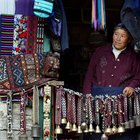
What Kind of Clothes Do They Wear in ...
References
Writer Bio
Kathryn Stanley is a professional writer for various websites, covering fashion, science, the environment, food and baking, crafts and the arts. She studies psychology and creative writing at the University of Maryland at College Park.
Photo Credits
Photos.com/Photos.com/Getty Images